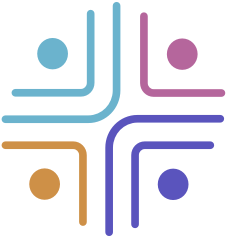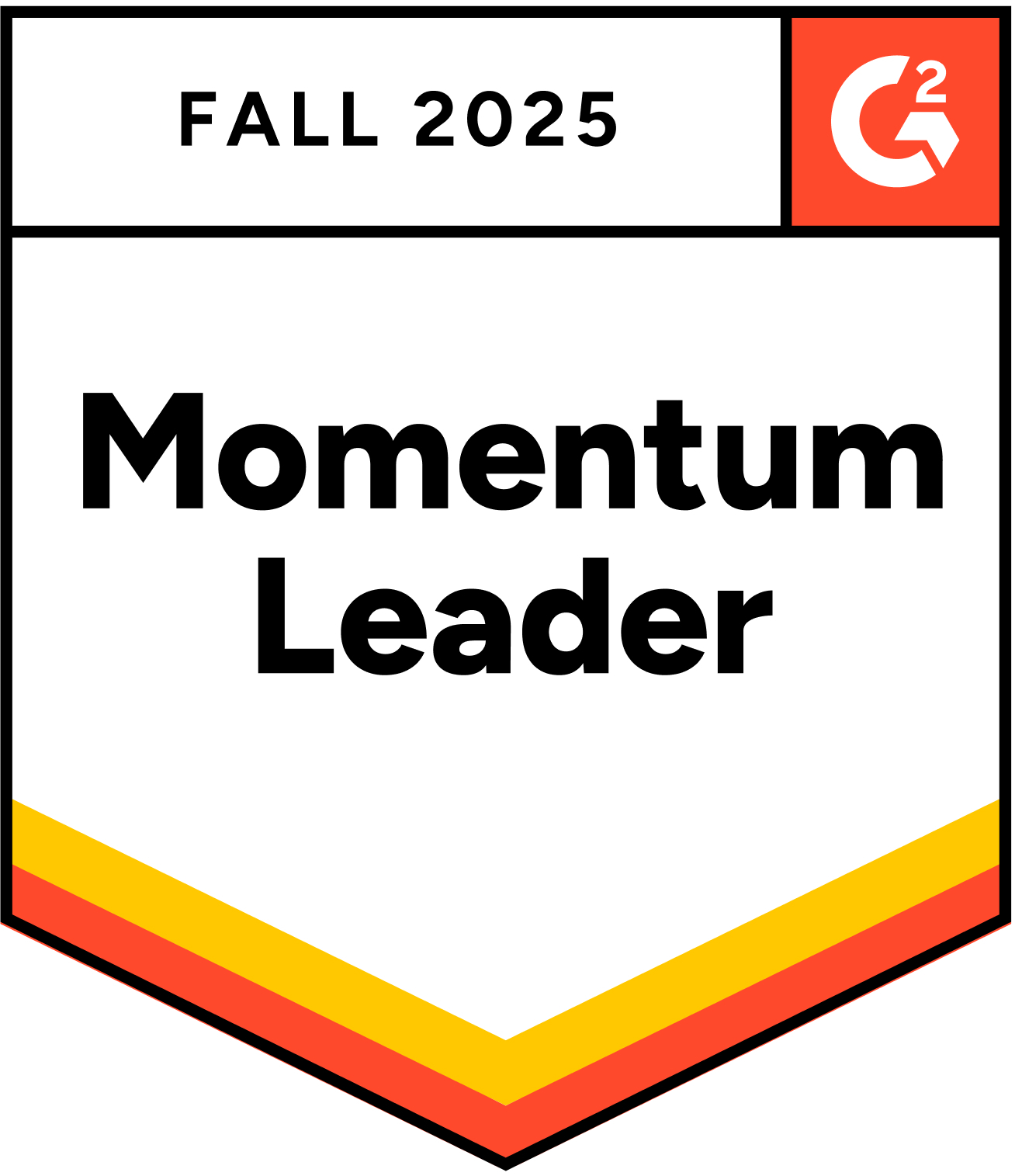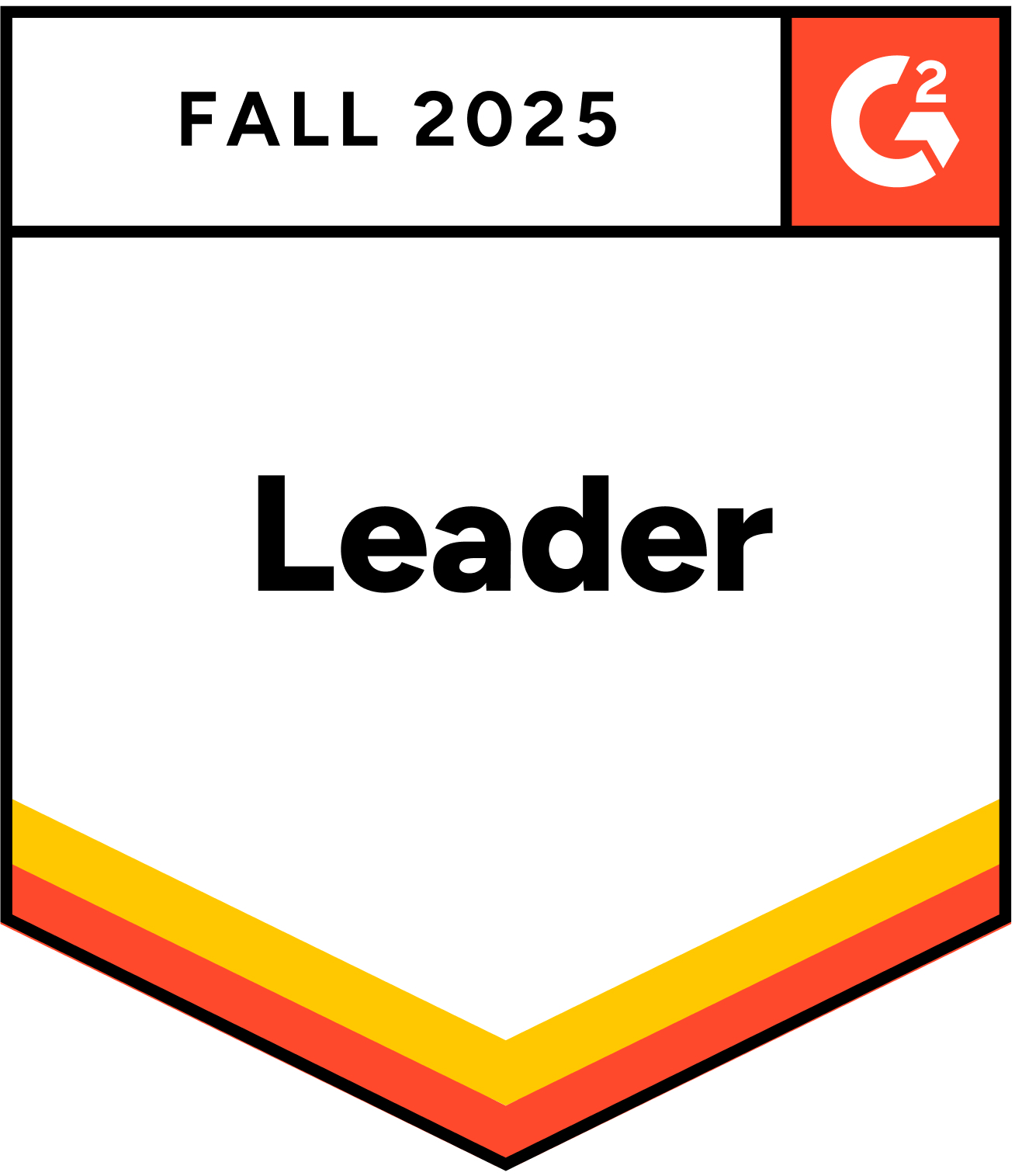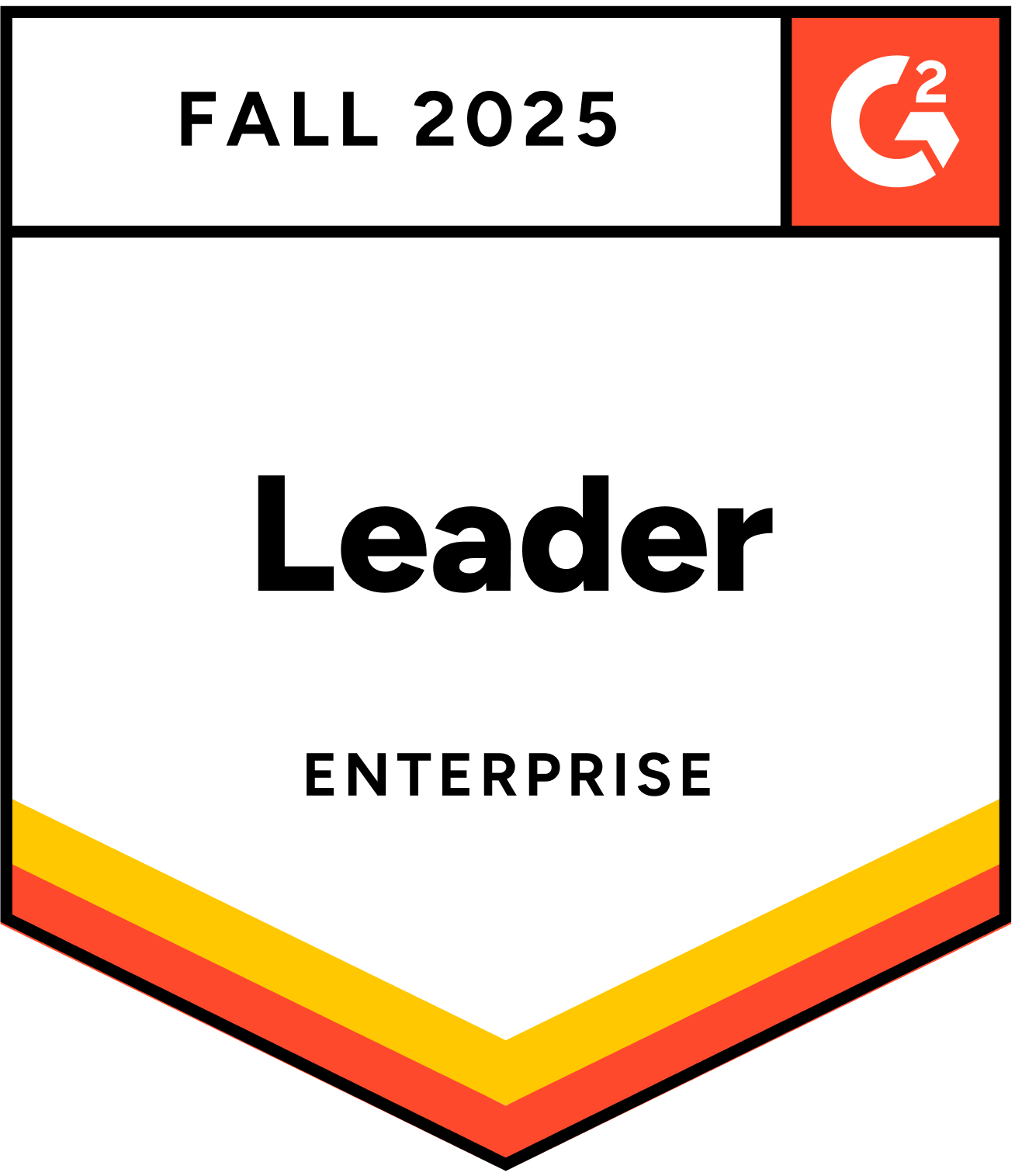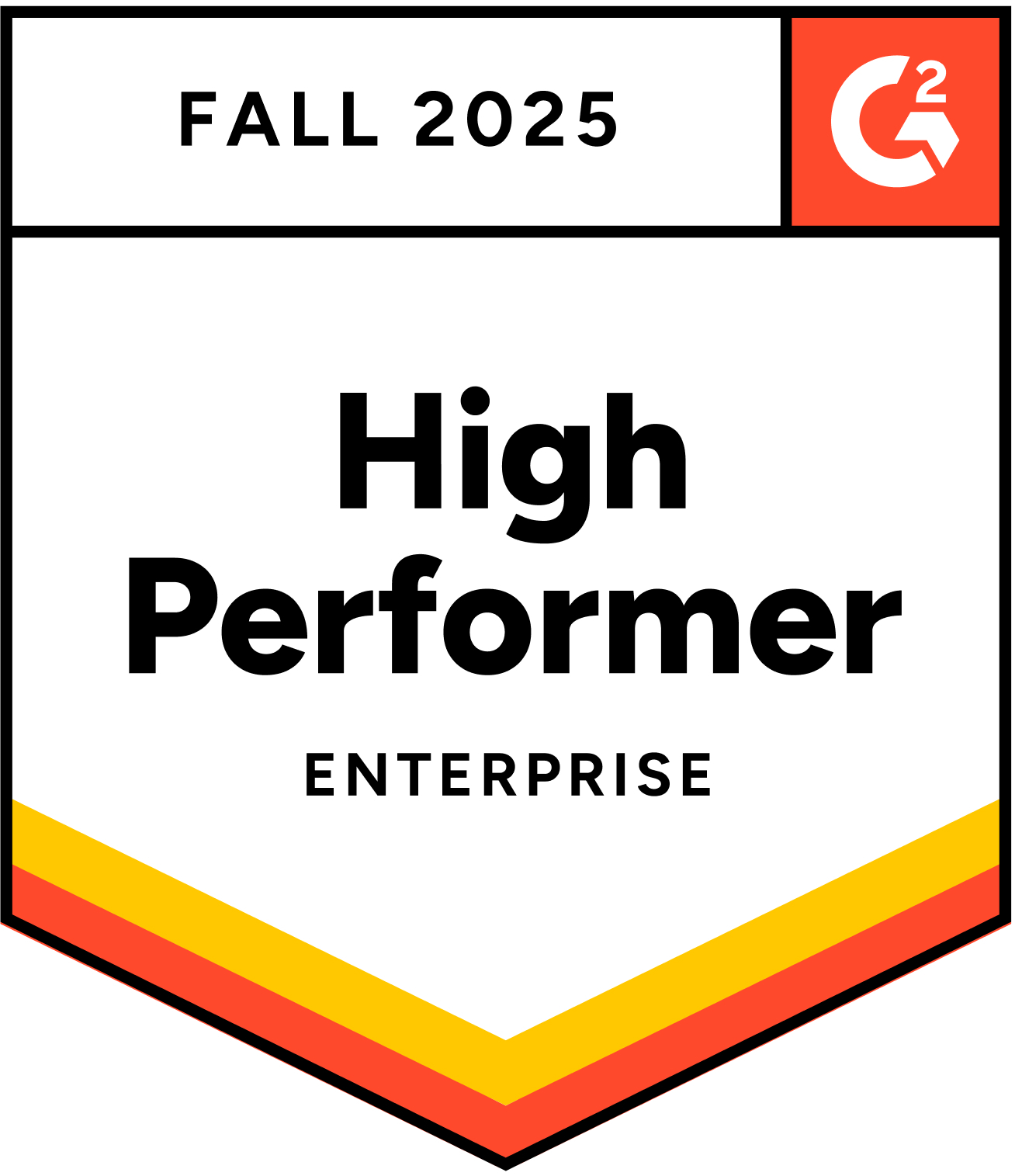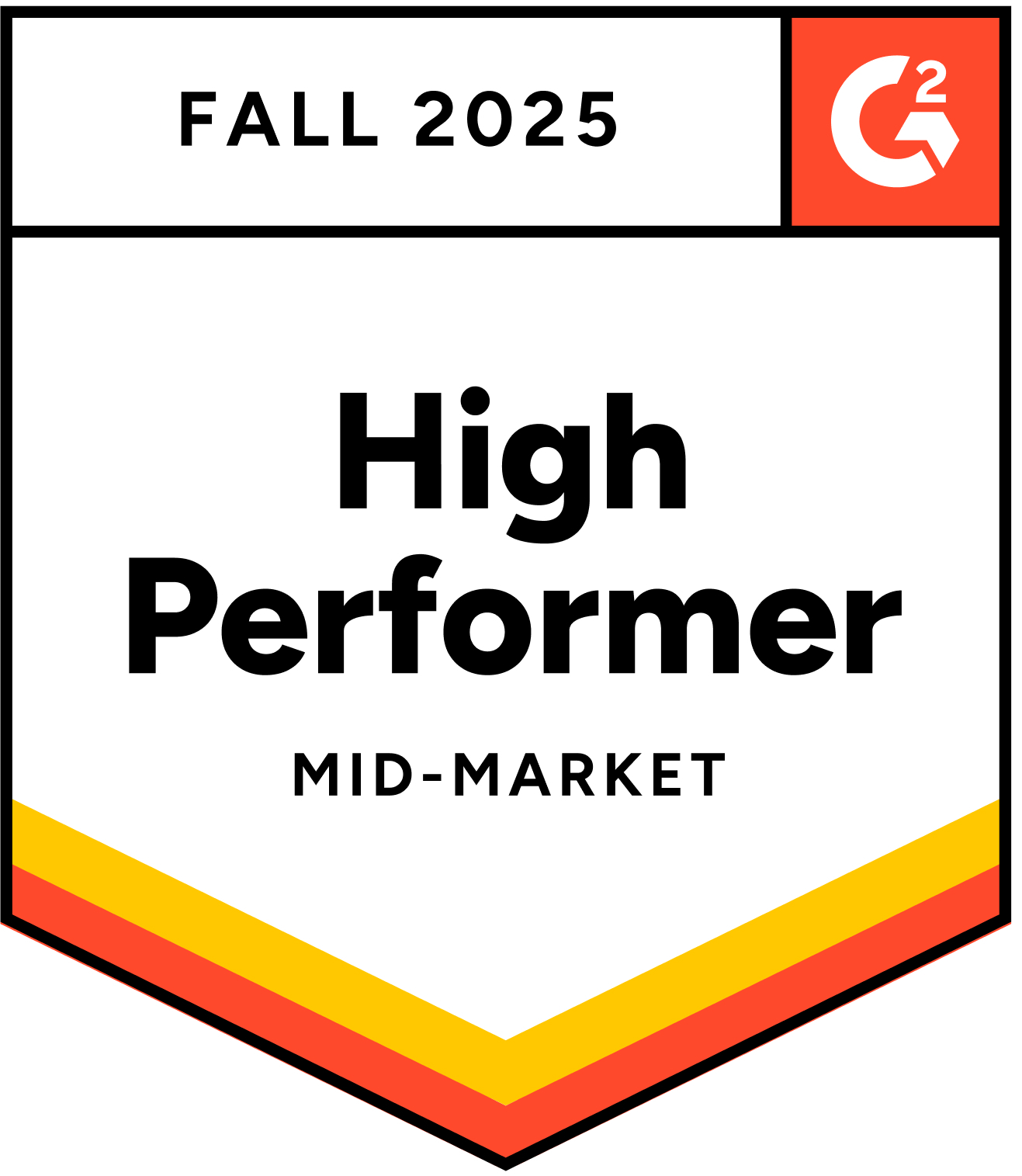Summary –
Employer branding shapes how people perceive your company as a workplace – both inside and out. It’s about defining and communicating your culture, values, and employee experience to attract, engage, and retain the right talent while building loyalty among your current workforce.
Done well, employer branding not only differentiates your organization in a crowded job market but also cultivates a compelling corporate identity. It’s not just about the products or services you offer; it’s about showcasing what it’s like to work within your company.
This comprehensive guide will delve deep into employer branding, exploring its importance, various strategies, and real-world examples of its impact. By the end of this journey, you’ll understand why it is more than just a buzzword; it’s a powerful tool that can shape your organization’s future. So, let’s embark on this enlightening expedition into employer branding.
Content:
- What Is Employer Branding?
- Why Is Employer Branding Important?
- What Are the Different Types of Employer Branding?
- Employer Brand vs Company Brand
- Employer Branding Process: A Step-By-Step Guide
- What Are the Benefits of Employer Branding?
- Employer Branding Examples
- Challenges and Solutions in Employer Branding
- Measuring Employer Branding Success
- Future Trends in Employer Branding
- Conclusion
- FAQs
What Is Employer Branding?
In today’s competitive job market, attracting and retaining top talent has become more and more challenging. This is where employer branding comes into play. It helps promote a company as an employer of choice. It involves crafting a compelling image and reputation that appeals to both existing employees and potential candidates.
Why Is Employer Branding Important?
Employer branding holds immense importance for businesses of all sizes. It is a powerful tool for attracting the best talent by showcasing the company’s values, culture, and work environment. A strong employer brand helps in recruitment and plays a crucial role in retaining employees, improving company culture, and building a positive reputation in the industry.
Job seekers have access to a wealth of information about prospective employers. Your company’s reputation is under constant scrutiny, and applicants want to align themselves with organizations that offer competitive compensation and provide a supportive and fulfilling work environment.
An effective employer branding strategy helps create a distinct and appealing identity, making your organization stand out in a crowded marketplace. By focusing on this, you can attract candidates who are not only qualified, but also align with your company’s values and mission.
Furthermore, a strong employer brand contributes to employee satisfaction and retention. Employees who are proud of where they work tend to be more engaged and committed. This, in turn, leads to lower turnover rates and reduced recruitment costs, ultimately benefiting your bottom line.
What Are the Different Types of Employer Branding?
Employer branding is not a one-size-fits-all concept. It encompasses various strategies and approaches to create a compelling corporate identity as an employer.
Here, we explore the different types of employer branding, highlighting the distinctions between internal and external branding strategies.
Internal employer branding
Internal one enhances the company’s reputation among its current employees. It’s about creating an environment where employees are satisfied, deeply engaged, and proud to be part of the organization.
Key aspects of internal one include:
- Employee development: Providing opportunities for skill development and career advancement.
- Employee engagement: Fostering a culture of collaboration, feedback, and belonging.
- Company culture: Cultivating a positive, inclusive, and supportive work culture.
External employer branding
On the other hand, external one is aimed at potential candidates and the general public. It’s about projecting an image of the company as a desirable workplace.
This involves:
- Recruitment marketing: Using marketing strategies to attract top talent.
- Online presence: Managing a strong online presence through social media, career websites, and job portals.
- Employer value proposition (EVP): Communicating what makes your company unique and why someone should want to work there.
Employer brand segmentation
In some cases, companies might employ a mix of internal and external branding strategies tailored to different segments of their workforce. For example, they might have a separate strategy for full-time employees, part-time workers, and freelancers.
This segmentation ensures that each group feels valued and is engaged with the company in a way that suits their employment status.
Industry and location-specific branding
Some industries or regions have unique employer branding challenges and opportunities. Companies operating in highly competitive sectors or specific geographic locations may need to adapt their branding to suit the local talent pool or cater to specialized skill sets.
Crisis and reputation management
During times of crisis or when a company’s reputation is at stake, a specialized form of employer branding comes into play. It involves managing and rebuilding the employer brand to address negative public perceptions.
Employer Brand vs Company Brand
While both the employer and company brands contribute to an organization’s overall image, they serve distinct purposes and target different audiences.
Employer brand
Focus: The employer brand centers on the organization as an employer. It emphasizes what it’s like to work within the company, the culture, the work environment, and the opportunities it offers to employees.
Audience: The primary audience for the employer brand is current employees and potential candidates. It aims to attract and retain talent, making it a critical element of talent acquisition and employee engagement.
Purpose: The employer brand aims to create a strong and positive identity as an employer. It showcases the organization’s values, mission, and the experiences of its employees. A robust employer brand can influence job seekers to consider the company as their employer of choice.
Company brand
Focus: The company brand, on the other hand, encompasses the broader image of the organization. It represents the company’s reputation, products, services, and standing in the industry. It’s the image that the company presents to the public.
Audience: The audience for the company brand is diverse and includes customers, partners, investors, and the general public. It aims to build trust, credibility, and loyalty among these stakeholders.
Purpose: The primary purpose of the company brand is to establish the organization’s position in the market, create a strong presence, and differentiate itself from competitors. It focuses on the overall success and impact of the business.
Interconnection
While the employer and company brands serve different functions, they are closely interconnected. A positive company brand can enhance the organization’s attractiveness as an employer. Conversely, a strong employer brand can contribute to the company’s overall reputation in the eyes of customers and partners.
Employer Branding Process: A Step-By-Step Guide
Developing a strong employer brand is a systematic process that involves careful planning and execution.
This step-by-step guide outlines the key strategies for effective employer branding stages and considerations for building a compelling story.
Define your employer value proposition (EVP)
- Identify what makes your company unique as an employer.
- Define the values, culture, and benefits that set you apart.
- Understand what attracts and retains employees in your organization.
Research and analysis before employer branding
- Understand your current employer brand perception.
- Analyze feedback from employees, candidates, and external sources.
- Identify areas for improvement and potential challenges.
Target audience identification
- Define the specific demographics and characteristics of your ideal employees.
- Tailor your employer branding efforts to resonate with this audience.
Employer branding messaging
- Craft compelling and consistent messaging that reflects your EVP.
- Ensure your messaging aligns with your company’s overall mission and values.
Communication channels
- Choose the most effective channels to reach your target audience.
- Utilize social media, career websites, job portals, and other online and offline platforms.
Employee involvement
- Encourage employees to become brand ambassadors.
- Leverage their testimonials and experiences to enhance your employer brand.
Content creation
- Develop engaging content that showcases your company culture, achievements, and values.
- Use videos, blog posts, and other content to convey your employer’s brand message.
Implement communication strategy
- Consistently communicate your employer’s brand message through various channels.
- Ensure that the messaging remains aligned with your EVP.
Employee experience enhancement
- Continuously improve the employee experience to align with your employer brand.
- Invest in professional development, a positive work environment, and benefits that reflect your EVP.
Online reputation management
- Monitor and manage online reviews and feedback about your company.
- Address negative comments proactively and highlight positive experiences.
Employee feedback and adaptation
- Collect feedback from employees to understand their evolving needs and expectations.
- Adapt your employer brand strategy accordingly to meet changing demands.
Evaluation and metrics
- Establish key performance indicators (KPIs) to measure the success of your employer branding efforts.
- Analyze data related to employee retention, candidate quality, and other relevant metrics.
Continuous improvement
Employer branding is an ongoing process. Regularly revisit and refine your strategy to stay current and relevant.
What Are the Benefits of Employer Branding?
Employer branding is not just a strategic initiative; it’s an investment.
Here, we explore the advantages of a robust employer brand.
Enhanced talent attraction
A strong employer brand naturally attracts top talent. Job seekers are drawn to companies with positive reputations as employers, leading to higher quality candidates.
Reduced turnover
Employees who are aligned with your employer brand are more likely to stay. This reduces employee turnover rates, which can be costly and disruptive for organizations.
Improved employee satisfaction
A positive employer brand contributes to higher employee satisfaction. Happy employees tend to be more engaged and productive, benefiting company performance.
Lower recruitment costs
As you attract higher-quality candidates and reduce turnover, your organization saves money on recruitment efforts and training new employees.
Positive impact on company culture
A well-defined employer brand sets the tone for company culture, helping create an environment where employees thrive and feel a sense of purpose.
Competitive advantage
In competitive job markets, an appealing employer brand differentiates your organization. It positions you as an employer of choice, giving you an edge in recruitment.
Brand advocacy
Employees who are proud of where they work become brand ambassadors. They share their positive experiences, enhancing your brand’s reputation.
Better employee performance
Engaged and satisfied employees tend to perform better, contributing to higher productivity and customer satisfaction.
Attract diverse talent
A strong employer brand appeals to a diverse range of candidates, contributing to diversity and inclusion initiatives.
Positive impact on business results
The cumulative effect of these benefits translates into improved business results, such as higher revenue, profitability, and market share.
Streamlined recruitment process
A positive employer brand simplifies recruitment as candidates are more likely to accept job offers, reducing time-to-fill positions.
Increased employee referrals
Employees who are proud of their workplace are more likely to refer friends and acquaintances, leading to a pipeline of potential candidates.
Alignment with organizational goals
A well-crafted employer brand aligns employees with the company’s mission and values, increasing their commitment to achieving organizational goals.
Adaptability in changing job markets
A strong employer brand can better weather economic and industry changes, as it remains attractive in various job market conditions.
Employer of choice recognition
A compelling employer brand can lead to recognition as an “employer of choice” in your industry, further attracting top talent.
Employer Branding Examples
Learning from real-world success stories can provide valuable insights into effective employer branding strategies.
Here are some notable employer branding examples.
Google is renowned for its exceptional employer branding efforts. Their approach emphasizes a relaxed and innovative work environment. They offer a range of employee benefits, from free gourmet meals to on-site fitness centers. Google’s employer branding showcases its commitment to creativity and employee well-being.
Apple
Apple’s employer brand is built on a reputation for innovation and excellence. They leverage their distinct product line to attract individuals who are passionate about technology. Apple’s employer branding focuses on challenging work, personal growth, and the opportunity to be part of a global tech leader.
Salesforce
Salesforce is committed to creating a diverse and inclusive workplace. Their employer brand reflects this by highlighting their equality initiatives and corporate social responsibility. Salesforce has effectively leveraged its employer brand to attract employees who want to make a positive impact.
Microsoft
Microsoft emphasizes its culture of continuous learning and development. They provide numerous learning resources for employees, encouraging professional growth. Microsoft’s employer branding communicates its commitment to innovation and personal advancement.
HubSpot
HubSpot promotes a culture of transparency and employee growth. Their employer brand is built around inbound marketing and a commitment to helping employees grow in their careers. HubSpot’s Glassdoor ratings and employee testimonials showcase their strong employer brand.
Southwest Airlines
Southwest Airlines focuses on creating a friendly and fun work environment. Their “Southwest Family” culture emphasizes camaraderie among employees. This employer branding strategy has contributed to high employee satisfaction and a positive company culture.
General Electric (GE)
GE has successfully rebranded itself as a digital industrial company. They emphasize innovation, digital transformation, and a commitment to employee growth. This approach has made GE an appealing destination for tech and engineering professionals.
The LEGO Group
LEGO’s employer branding revolves around creativity, playfulness, and a commitment to diversity and inclusion. They highlight a culture fostering imagination and innovation, attracting candidates with these values.
Marriott International
Marriott’s employer brand emphasizes the diverse range of opportunities it offers. It promotes career growth, cultural diversity, and a supportive work environment. Marriott’s strong employer brand has made it a leader in the hospitality industry.
Nike
Nike’s employer branding focuses on passion, innovation, and athletic excellence. They create an environment encouraging employees to pursue their athletic and professional goals. This approach appeals to those enthusiastic about sports and a healthy lifestyle.
Challenges and Solutions in Employer Branding
While building a compelling employer brand is vital for attracting and retaining top talent, it has its challenges.
Here, we explore common challenges and effective solutions in the realm of employer branding.
Challenges
Negative online reviews
Negative online reviews or feedback can harm your employer brand’s reputation.
Competition for talent
Fierce competition makes it challenging to stand out in the job market.
Changing company culture
As your organization evolves, aligning your employer brand with a shifting company culture can be complex.
Inconsistent employee experiences
Employee experiences may vary, resulting in inconsistent messaging.
Resource constraints
Limited resources can hinder comprehensive employer branding efforts.
Solutions
Online reputation management
Actively manage your online presence by responding to reviews and addressing concerns. Encourage satisfied employees to share positive feedback.
Niche employer branding
Focus on your unique strengths and create a niche employer brand that appeals to specific candidates.
Change management
Regularly assess your company culture and ensure it aligns with your employer’s brand. Involve employees in shaping your culture.
Consistency in messaging
Create a consistent employee experience by standardizing policies, offering regular training, and ensuring alignment with your employer’s brand messaging.
Leverage employee advocacy
Encourage employees to become brand advocates. Equip them with tools to share their experiences and stories, extending the reach of your employer brand.
Tailored content creation
Develop tailored content for different candidate segments, focusing on the messages that matter most to them.
Budget allocation
Allocate resources strategically. Invest in areas that have the most significant impact on your employer brand.
Feedback mechanisms
Implement feedback mechanisms to gauge employee satisfaction and identify areas that need improvement.
Diversity and inclusion initiatives
Embrace diversity and inclusion and actively communicate your commitment to fostering an inclusive workplace.
Alignment with company values
Ensure your employer brand matches your company’s core values, mission, and vision.
Invest in professional development
Emphasize professional development opportunities, making your organization attractive to those seeking career growth.
Adapt to market conditions
Stay adaptable and adjust your employer’s brand strategy to reflect changing market conditions and industry trends.
Measuring Employer Branding Success
Effectively measuring the success of your employer branding efforts is essential to ensure you’re on the right track and achieving your goals.
Here are some key indicators and metrics to help you assess the impact of your employer branding initiatives.
Employee retention rates
Measure the percentage of employees who stay with the company over a defined period. A rising retention rate is often a sign of a strong employer brand.
Employee engagement
Assess the level of employee engagement through surveys and feedback. Engaged employees are more likely to be positively influenced by your employer’s brand.
Quality of applicants
Track the quality of job applicants to check whether you are attracting candidates with the skills and qualifications your organization needs.
Time-to-fill positions
Monitor how long it takes to fill open positions. A shorter time to fill can indicate the appeal of your employer brand.
Offer acceptance rate
Calculate the percentage of job offers that are accepted. A high acceptance rate suggests that candidates find your company attractive.
Employee referrals
Measure the number of job applicants who come through employee referrals. This indicates that your current employees are proud to refer others.
Online reviews and ratings
Monitor online platforms like Glassdoor and Indeed for reviews and ratings of your company. Positive reviews and high ratings can reflect a strong employer brand.
Social media engagement
Track the engagement on your social media posts related to employer branding. Likes, shares, and comments can indicate interest and brand awareness.
Candidate surveys
Gather feedback from candidates who have gone through your recruitment process. Ask about their perceptions of your employer brand.
Cost per hire
Calculate the cost per hire, including recruitment expenses. An effective employer brand can lead to cost savings in hiring.
Employee productivity
Assess employee productivity and performance. An engaged workforce is often more productive.
Diversity and inclusion metrics
Measure diversity and inclusion statistics to evaluate how well your employer brand attracts a diverse workforce.
Talent pipeline strength
Evaluate the strength of your talent pipeline. Are there potential candidates who are interested in working for your organization in the future?
Exit interview feedback
Analyze feedback from exit interviews to understand why employees leave. It can provide insights into areas that may need employer branding improvements.
Market positioning
Compare your organization’s reputation as an employer to competitors. Are you positioned as a top employer in your industry?
Employee net promoter score (eNPS)
Calculate eNPS to measure employee satisfaction and the likelihood of recommending your organization as a great workplace.
Future Trends in Employer Branding
The employer branding landscape continuously evolves to meet the changing demands of the workforce and the job market. To stay ahead, organizations must be aware of future trends in employer branding.
Here are some key trends to watch for.
Purpose-driven employer branding
Employees increasingly seek organizations with a strong sense of purpose and commitment to social and environmental responsibility. Companies that authentically communicate their purpose will attract like-minded talent.
Remote work employer branding
The rise of remote work has made geographical boundaries less relevant. Companies must craft employer brands catering to remote employees, emphasizing flexibility, work-life balance, and effective virtual collaboration.
Diversity, equity, and inclusion (DE&I) in employer branding
DE&I initiatives will play an even more significant role in employer branding. Organizations that genuinely foster diversity and inclusion will be attractive to a broader range of candidates.
Customized employee experiences
Employees expect customized experiences. Tailored benefits, training, and career development opportunities will be key aspects of future employer branding.
Data-driven decision-making
Advanced analytics and data will be increasingly used to measure and optimize employer branding strategies. Organizations will use data to understand what resonates with their employees and candidates.
Personalized content marketing
Personalization will extend to employer branding efforts, with companies creating personalized content for different candidate segments to address their unique needs and aspirations.
Employee advocacy programs
Employee advocacy will become a formalized strategy. Companies will encourage and equip employees to share their experiences and become brand ambassadors.
Virtual reality (VR) and augmented reality (AR)
VR and AR will be used to create immersive experiences that give candidates a real sense of the workplace and culture, even when they’re not physically present.
Artificial intelligence (AI) in recruitment
AI will play a more prominent role in recruitment, from screening resumes to conducting initial interviews. Employers will need to ensure that AI aligns with their employer brand.
Skills-based hiring
The emphasis will shift from traditional credentials to skills-based hiring. Companies will focus on recruiting talent with the skills and potential to succeed, enhancing their brand as innovative and forward-thinking.
Continuous learning and development
Employer brands will emphasize continuous learning and development opportunities, attracting candidates eager to grow and adapt in a rapidly changing job market.
Remote onboarding and integration
Effective remote onboarding will be a key aspect of employer branding. Organizations that seamlessly integrate new remote employees will be more attractive to talent.
Hybrid work models
Combining remote and in-office work, hybrid work models will require employer branding that balances flexibility and collaboration.
Storytelling through video
Video content will be more significant in storytelling and showcasing company culture. Companies will use video to provide a virtual workplace tour and share employee stories.
Conclusion
In the ever-evolving landscape of modern business, employer branding has emerged as a powerful force that shapes an organization’s ability to attract, engage, and retain top talent. Through this comprehensive exploration, we’ve journeyed through the intricacies of employer branding, uncovering its significance, diverse strategies, and real-world examples of its impact.
We’ve learned that a strong employer brand is not just a buzzword but a strategic imperative. It distinguishes your organization in a competitive job market, fostering a workplace where employees thrive and grow. The benefits of employer branding are far-reaching, encompassing talent attraction, retention, improved performance, and even enhanced business results.
As we’ve seen, there are various strategies to effectively build and enhance your employer brand, from defining your unique value proposition to leveraging the power of social media and the voices of your employees. And, to stay ahead, we’ve explored future trends in employer branding, from purpose-driven branding to data-driven decision-making.
In a job market that is always changing, keeping up with these methods and trends will help you understand employer branding in a way that will help your team grow.
This is where Joveo comes in to get your job ads in front of the right people – at the right place and time, for the right price! With our AI-driven approach and campaign automation, you can spend with precision on sources that deliver.
Discover the power of our game-changing, end-to-end talent-sourcing platform.
See us in action to boost your company’s productivity. Follow us on Twitter and LinkedIn for more hiring insights!
FAQs
Is employer branding PR?
Employer branding is related to public relations (PR) because it involves managing the company’s image and reputation. However, it goes beyond traditional PR by focusing on the organization’s identity as an employer.
What are the 4 P’s of employer branding?
The 4 P’s are people, purpose, platform, and performance. These elements are crucial for creating a strong and attractive employer brand.
What is the three-step process of employer branding?
The three-step process typically involves research and analysis, strategy development, and implementation. This process is designed to define and promote the company as an employer of choice.
What are the 5 dimensions of employer branding?
The 5 dimensions are economic, functional, psychological, time, and identity. These dimensions encompass the various aspects that influence how employees perceive their employer.
What are employer branding tools?
Employer branding tools refer to the techniques and resources used to manage and enhance a company’s reputation as an employer. This can include online platforms, social media, content creation, and recruitment strategies.
What is an employer branding plan?
An employer branding plan outlines a company’s strategies and tactics to create and maintain a positive employer brand. It includes the company’s goals, target audience, messaging, and the channels through which the brand will be promoted.
What is the difference between HR branding and employer branding?
HR branding focuses on the human resources department and its functions, while employer branding is a broader concept that encompasses the entire organization’s identity as an employer. HR branding is a subset of employer branding, concentrating on HR-specific aspects.
